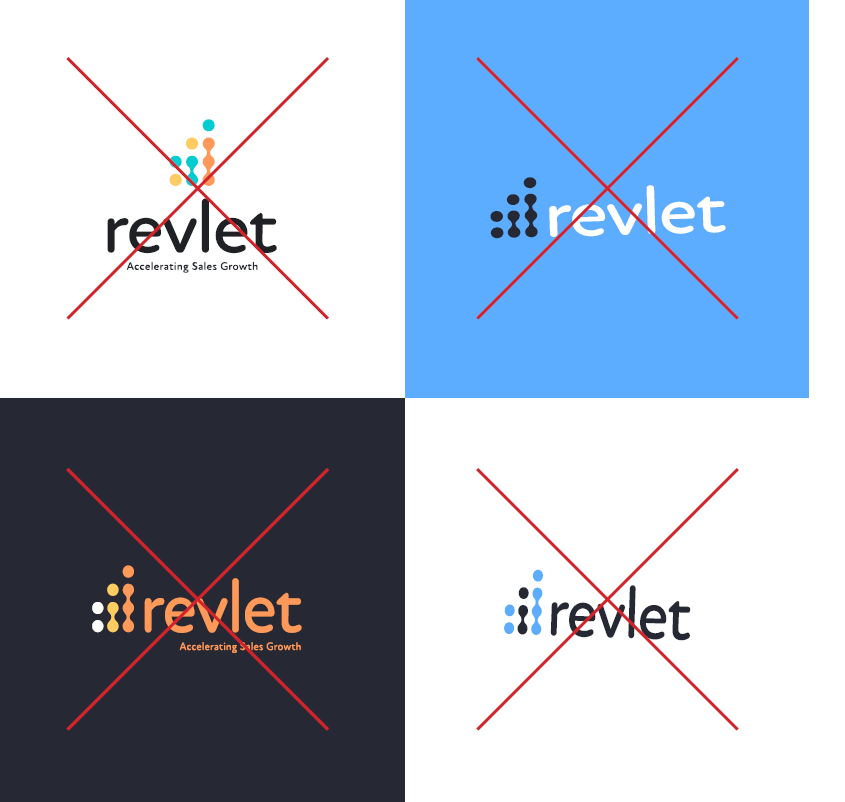Crafting Compelling Marketing Materials
Digital media is crucial for your advertising. It’s important to communicate a clear and concise message while connecting with customers, stakeholders, and prospects. To distinguish your business from your competitors, you need eye-catching graphics that align with your brand. In this article, we’ll share best practices for creating effective graphics and providing constructive feedback.
Use Brand Guidelines
Ensure consistency with your brand’s colors, typography, and design elements by following your brand guidelines. Consistency is key to design. Make sure that all design elements, including typography, color, and layout, are consistent throughout your design.

Keep It Simple
- Designs are often intentionally made simple and easy to understand. Avoid cluttering designs with too much text, graphics, or images.
- Similar to an article, social media graphics and PowerPoint decks often have a headline and a brief message about the headline. When posting to social media, use the captions to describe the service, product, or event.
- Whitespace is the empty space between design elements. Use it to create balance and hierarchy in your design and to make your design more visually appealing. You don’t have to fill up the entire design- let it breathe.
Balance
Balance is a fundamental principle of good design that refers to the distribution of visual elements within a composition. It’s about achieving a sense of equilibrium and harmony in a design, and can be achieved through various techniques, such as symmetrical or asymmetrical arrangements of elements. Balance is essential in design because it helps create a sense of order, stability, and coherence and can guide the viewer’s eye through the design. Some ways to achieve balance in design include:
- Symmetrical balance: using the same visual elements on both sides of a central axis.
- Asymmetrical balance: using different visual elements of equal weight on either side of a central axis.
- Radial balance: arranging visual elements in a circular or spiral pattern around a central point.
- By using these techniques, designers can create balanced compositions that are pleasing to the eye and effectively communicate the intended message.
Font and Color Usage
Consistency is key in design. Avoid using too many different fonts, sizes, and colors as it can make your design look cluttered and unprofessional. Stick to a consistent font, text size, and color palette that reflects your style and message. This will make it easier for our audience to read and understand your message while giving your designs a polished and cohesive look.
Graphics

- Graphics need to be sized appropriately. Each design project has different size requirements, but it’s safe to create square 1080 x 1080 images for the most popular social media platforms. Most flyers are 8.5 x 11 inches.
- Do not use low quality images and attempt to stretch them. They become distorted and do not display correctly.
- Avoid using graphics or logos that already have a background on them. Transparent or .png images are the industry standard for overlaying a graphic on top of another graphic.
Articles and Emails
- Before writing, consider your audience and what they might be interested in reading. Keep your content relevant to your audience and avoid using jargon or complex language.
- Short sentences and paragraphs are easier to read and can help you communicate your message more effectively. Keep paragraphs to 2-3 sentences and use bullet points to break up information. Email length should not be more than 150 words and articles should be around 350-400 words.
- After writing, edit and proofread your work to eliminate unnecessary words and ensure that your writing is clear, concise, and error-free.
Conclusion
Design principles are not only important for creating visually appealing designs, but they also play a crucial role in communication. Good design can help to convey a message in a clear, concise, and impactful manner. By following basic design principles, you can ensure that your designs are well-organized, balanced, and easy to understand. This, in turn, makes it easier for our audience to grasp the intended message, whether it’s through a website, logo, or printed material.


